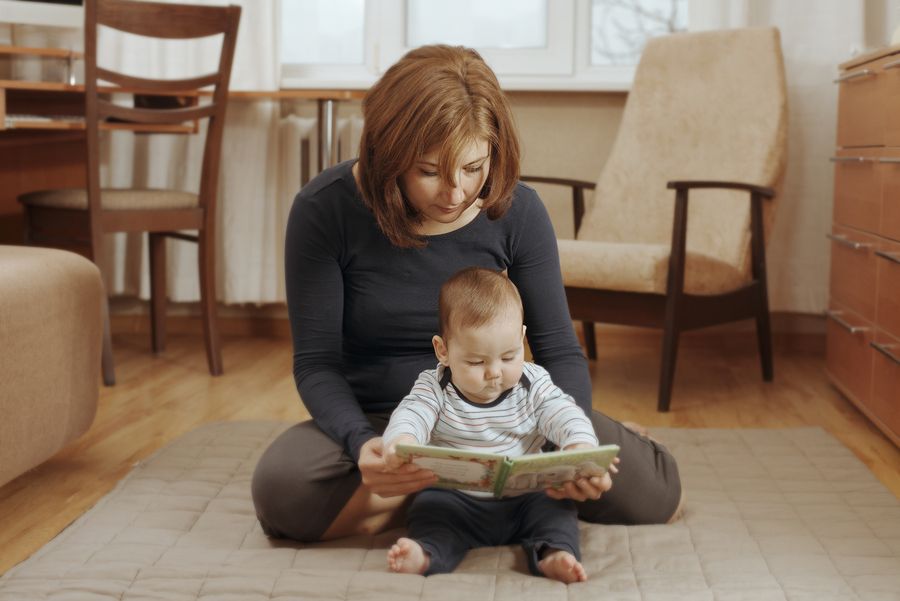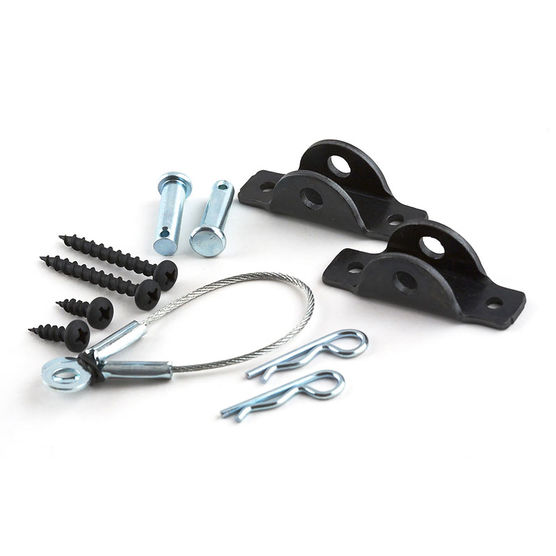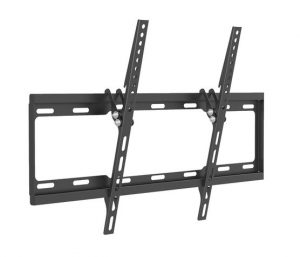
This year, London Drugs hopes to help our young (and young at heart) readers in their quest to “adult.” We know, the struggle is real. A big part of adulting for many is welcoming their first child into the world–and, more practically, into their home.
The truth is, there are many dangers to consider: everything from stairs and electrical outlets to household chemicals and even certain family pets.
But, did you know that your furniture and appliances represent some of the biggest threats to children’s safety in your home? The problems with furniture and appliances arise mainly if they’re tippy or pointy, or if dangerous objects are accessible inside or on top.
In early 2017, a video of a Utah family went viral after the family’s twin toddlers tipped over a large dresser, and were caught on a home security camera. One brother was trapped beneath it while the other worked valiantly (and successfully) to free him. Thank goodness!
Still, we can all agree it would have been much better if the dresser had not fallen to begin with. Hence, prevention. And luckily, child-proofing your furniture doesn’t have to be a monumental task. If done right, you can also design a home that’s both kid-friendly and stylish. Let’s get started.
Step 1: Re-Design From The Ground Up
Reorganization is the first step to baby-proofing your furniture. Consider the needs of your adorable new roommate–from his or her perspective. Start by getting on your hands and knees and actually crawling around to see your living room through new eyes.
One of the first things you may notice is how cold and uncomfortable it is to crawl on hard surfaces. For this, consider getting a large rug or carpet, especially for the living room. [SPOILER ALERT: This suggestion won’t just benefit the baby. You’ll also be doing a lot more crawling around.]
 Next, look for any sharp furniture edges you could bump your head on. Whenever you find one, often on a coffee table or side table, ask yourself if you can live without that object. After all, the best way to invalidate a threat is to physically remove it. If you can’t or don’t want to do without it, consider where in the room that object poses the least risk. Perhaps on the far side of a couch or in a low traffic area?
Next, look for any sharp furniture edges you could bump your head on. Whenever you find one, often on a coffee table or side table, ask yourself if you can live without that object. After all, the best way to invalidate a threat is to physically remove it. If you can’t or don’t want to do without it, consider where in the room that object poses the least risk. Perhaps on the far side of a couch or in a low traffic area?
Think, too, of course about how you can make it safer. One clear option is covering sharp corners with protective foam or made-for-kids corner guards. In general, in the future, look for furniture with soft, rounded edges, such as a padded ottoman instead of a traditional coffee table.
The last thing to do from floor level is to test which furniture surfaces little arms might reach. Consider the consequences of grabbing or pulling on what is in reach–think: heavy statues, glass vases–and find a new (preferably higher and harder to reach) home for those objects. It will take some time for your little one to understand that not everything is a toy.
On the subject of toys, do also prepare an easy-to-access shelf, case, or chest where all your child’s toys will belong. This simple timeworn trick will help keep your house tidy, and will give them access to safe entertainment–with luck, minimizing their desire to seek out more dangerous entertainment, like climbing on your furniture.
Step 2: Anchor & Secure All Heavy Furniture
 Now that your furniture is safely positioned and cleared of potentially dangerous items, you can secure it in place.
Now that your furniture is safely positioned and cleared of potentially dangerous items, you can secure it in place.
Any large piece of furniture that could potentially be tipped over should be anchored or tethered to the wall. You can accomplish this using clips designed just for this purpose, or with standard items purchased from any hardware store. Whatever you do, make sure it’s done right.
Of course, tipping isn’t the only hazard. Drawers can often fall out if pulled past their limit and swinging cabinet doors have their own risks, like pinched fingers. To make your furniture baby-proof, consider latching each drawer and door.
Step 3: Don’t Forget the TV
 This may seem obvious, but a free-standing, flat screen television can be the cause of a home injury to toddlers. In fact, 70% of all TV tipping incidents in Canada involve a child under four years old.
This may seem obvious, but a free-standing, flat screen television can be the cause of a home injury to toddlers. In fact, 70% of all TV tipping incidents in Canada involve a child under four years old.
To protect your child, place your set high enough off the ground so that it’s out of reach, anchor the television to the wall, or purchase and install a wall mounted bracket system.
Taking these steps should give you a good start to child-proofing your home. Ask an LD Expert for help in choosing the right options for you, and to discuss any home and life insurance updates.
Talk to one of our insurance experts any time in-store or visit them online today. Best to your family!

